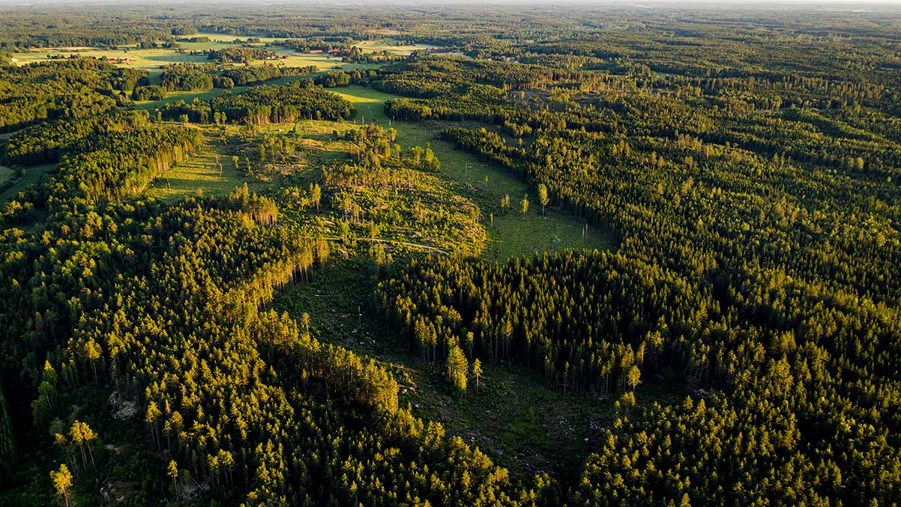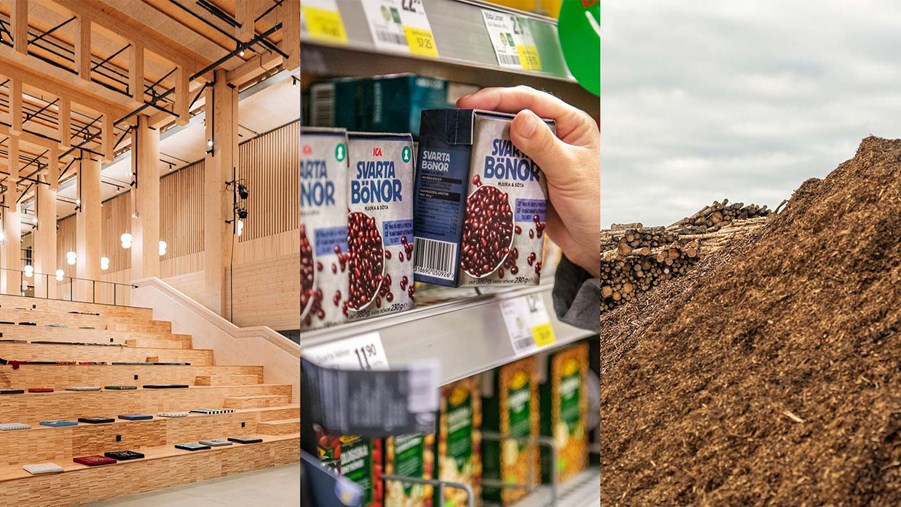
The EU has adopted targets for carbon sinks in the land use and forestry sector by 2030. The Swedish Forest Industries Federation (SFIF) believe that policymakers at both national and EU levels should adopt a new approach to the LULUCF sector’s contribution to climate policy goals. Climate policy must focus on phasing out fossil fuel use, rather than relying on forests to compensate for fossil emissions from other sectors.
SFIF believe that:
- A new approach to LULUCF is needed. Climate policy must focus on phasing out fossil fuel use.
- The LULUCF regulation should be adapted so it does not hinder the bioeconomy’s potential for substitution, long-term raw material supply, or the maintenance of carbon sinks over time.
- LULUCF targets should be realistic and indicative, as carbon sinks vary significantly from year to year and are influenced by external factors beyond our control. Moreover, there are major differences and changes in how carbon sinks are measured between countries.
- Increased forest growth is crucial for enhancing the climate benefits of forests.
For SFIF, green growth is the future. Through active forest management measures, both the carbon sink can be increased and the supply of raw materials for fossil-free products can be secured - enabling a sustainable climate transition. We believe that a combination of measures can contribute to strong forest growth, including:
- Nitrogen fertilisation of forests – can provide a relatively large and rapid increase in the carbon sink and can be implemented with good environmental consideration.
- Reduced browsing damage from wildlife – according to one estimate, the carbon sink could increase by 12 million tonnes per year in the long term if browsing damage were reduced to the levels set as national targets for wildlife management.
- Restoration of certain wetlands – can, over time, lead to significant reductions in greenhouse gas emissions and, in many cases, also contribute to increased biodiversity.
- Afforestation of unused agricultural land and measures to reduce emissions from pastures, arable land, and developed areas.
The EU’s LULUCF Regulation (Land Use, Land Use Change and Forestry)
The EU’s LULUCF Regulation is part of the EU’s climate legislation. It governs the uptake and emissions of carbon dioxide from land and forests.
The goal of LULUCF is to increase the carbon sink in the EU’s land use sector to 310 million tonnes of CO₂ equivalents by 2030. This target is distributed among the Member States, with Sweden expected to deliver the Union’s largest carbon sink by increasing carbon sequestration in forests and land by 4 million tonnes of CO₂ equivalents by 2030 compared to a historical reference period.
What happens now?
Q4 2025 – The European Commission’s evaluation of the LULUCF Regulation
2026 – Legislative proposal for LULUCF 2040 is expected to be presented


